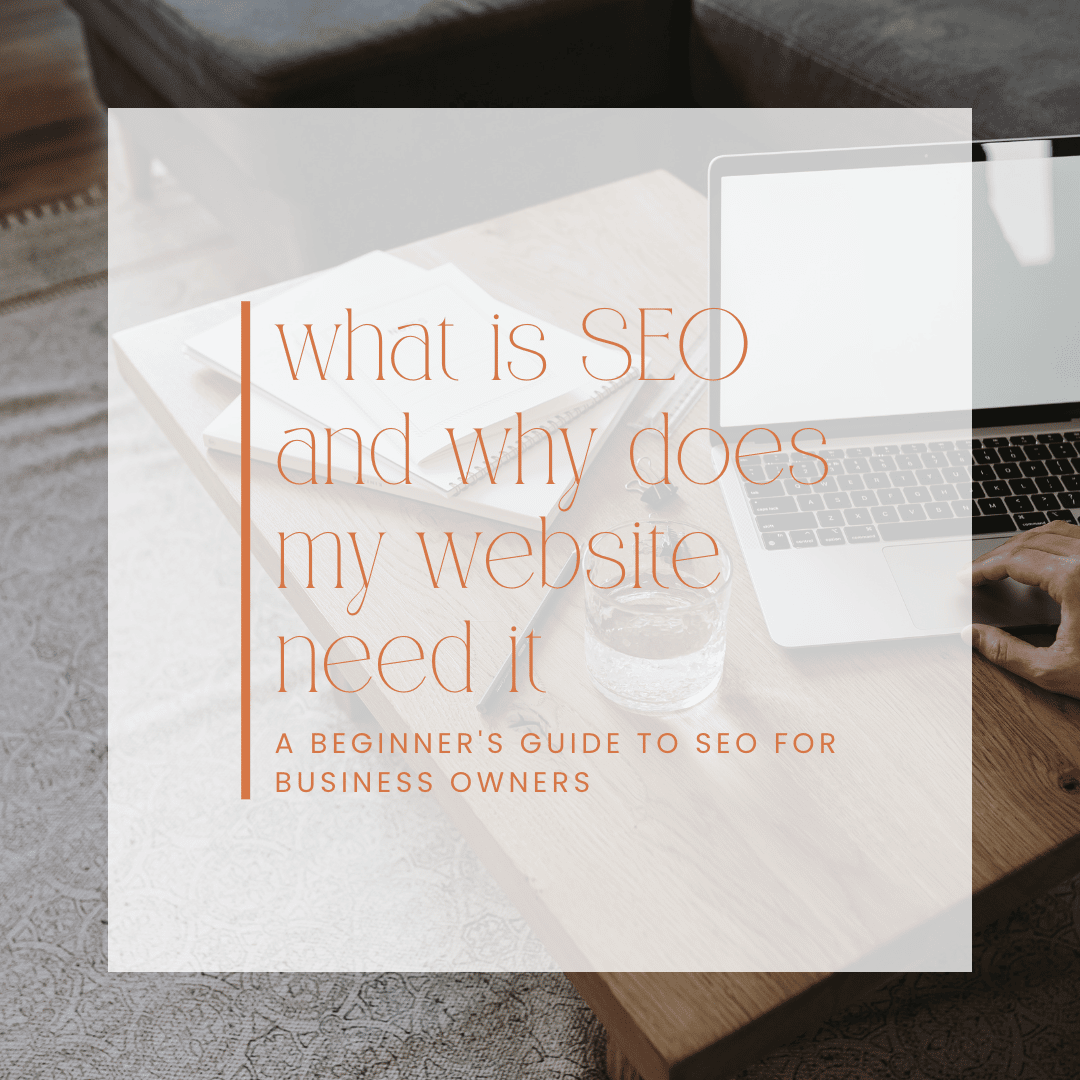In today’s digital age, the success or failure of a website is determined by its usability and utility, not just its visual design. User-centric design has become the standard approach for creating profitable and successful websites. After all, if users can’t use a feature, it might as well not exist. In this comprehensive guide, we will explore the principles, heuristics, and approaches for effective web design that lead to more sophisticated design decisions and simplify the process of presenting information.
Understanding User Behavior
To design effective websites, we must first understand how users interact with them and how they think. Users’ habits on the web are similar to customers’ habits in a store. They glance at each new page, scan some of the text, and click on the first link that catches their interest or vaguely resembles what they’re looking for. Users appreciate quality and credibility, and they don’t read; they scan. They are impatient and insist on instant gratification. Users don’t make optimal choices; instead, they satisfice. They follow their intuition and want to have control over their browsing experience.
The Importance of Usability
Usability is a key factor in the success of a website. According to Krug’s first law of usability, a web page should be obvious and self-explanatory. Users should not have to think too much or make conscious decisions to navigate a website. The navigation and site architecture should be intuitive, with clear links and a moderate use of visual cues.
One example of a website that fails to meet this principle is Beyondis.co.uk. While the design itself is simple and intuitive, the purpose of the page is not immediately clear to users. This lack of clarity creates unnecessary cognitive load and hinders the user experience. In contrast, ExpressionEngine follows the same structure but provides a clear explanation of its purpose, allowing users to understand the service and navigate the site easily.
Minimizing User Effort
In every web design project, it is important to minimize the effort required from users to test a service or tool. The less action users need to take, the more likely they are to try it out. First-time visitors are willing to explore a site and its services without being forced to share personal information. Stikkit is an example of a user-friendly service that requires minimal effort from visitors. Users can try the service and explore its features without being asked to create an account or provide private data.
Guiding Users’ Attention
Websites contain both static and dynamic content, and certain elements of the user interface attract more attention than others. Images are more eye-catching than text, and bold or highlighted text is more attractive than plain text. Designers can use this to their advantage by guiding users’ attention to specific areas of the site. By using visual elements and clear site structures, designers can lead visitors through the content in a simple and user-friendly way.
Dibusoft is an example of a website that effectively combines visual appeal with a clear site structure. The main navigation options are visible at a glance, making it easy for users to understand what functions are available. This approach helps visitors find their desired information without having to think too much or navigate complex structures.
The Power of Effective Writing
Writing for the web is different from writing for print. Web content should be adjusted to users’ preferences and browsing habits. Promotional writing is often ignored, and long text blocks without images or emphasized keywords are likely to be skipped. Effective writing on the web involves using short and concise phrases, employing scannable layouts, and using plain and objective language. For example, Eleven2.com gets straight to the point with its clear and concise presentation of the site’s services and pricing.
Embracing Simplicity
Simplicity should be the primary goal of website design. Users are rarely on a site to enjoy the design; they are looking for information. A simple design that focuses on delivering the desired content is more likely to meet users’ needs. Users appreciate a clean and uncluttered design that allows them to quickly and easily find the information they are seeking. Finch is an example of a website that presents information clearly without overwhelming visitors with unnecessary content.
The Power of White Space
White space, or negative space, is an essential design element that helps reduce cognitive load for users and makes it easier to perceive the information presented on a screen. When a new visitor approaches a design layout, the first thing they do is scan the page and divide the content into digestible pieces of information. Complex structures are harder to read, scan, analyze, and work with. By using white space effectively, designers can create a well-scannable layout that gives the content a dominant position.
Cameron.io effectively uses white space as a primary design element. The result is a well-organized layout that allows the content to take center stage. The use of white space helps users focus on the information presented and improves the overall user experience.
Communicating Effectively with “Visible Language”
Effective visual communication is crucial in web design. The content users see on a screen should be organized, economical, and communicate effectively. Organizing content involves providing users with a clear and consistent conceptual structure. Economizing content means using the fewest visual cues and elements necessary to convey meaning. Communicating effectively involves matching the presentation to the user’s capabilities and maintaining a balance between legibility, readability, typography, symbolism, and color or texture.
The Value of Conventions
Conventional design elements are not boring; they are useful. Conventions reduce the learning curve for users and make it easier for them to understand how a website works. Conventions in website design include familiar navigation patterns, consistent text structures, and standardized visual presentation. By following conventions, designers can gain users’ confidence, trust, and reliability. Conventions also improve the usability of a website, as users can navigate and interact with it more easily.
The Importance of Testing
Testing is a crucial step in web design, as it provides valuable insights into potential problems and issues with a layout. Usability tests can uncover major design flaws and help optimize the user experience. It is important to test early and often, as errors are most frequent during the requirements and design stages. Testing should be an iterative process, with regular feedback and adjustments made based on user input. By testing and refining a design, designers can ensure that their website meets users’ needs and expectations.
Conclusion
Creating an effective website requires a deep understanding of user behavior and a focus on usability. By following the principles and guidelines outlined in this comprehensive guide, designers can create user-centric websites that are intuitive, efficient, and visually appealing. The key is to minimize user effort, guide users’ attention, communicate effectively, and embrace simplicity. With thorough testing and continuous refinement, designers can create web experiences that truly resonate with users and drive success.

































